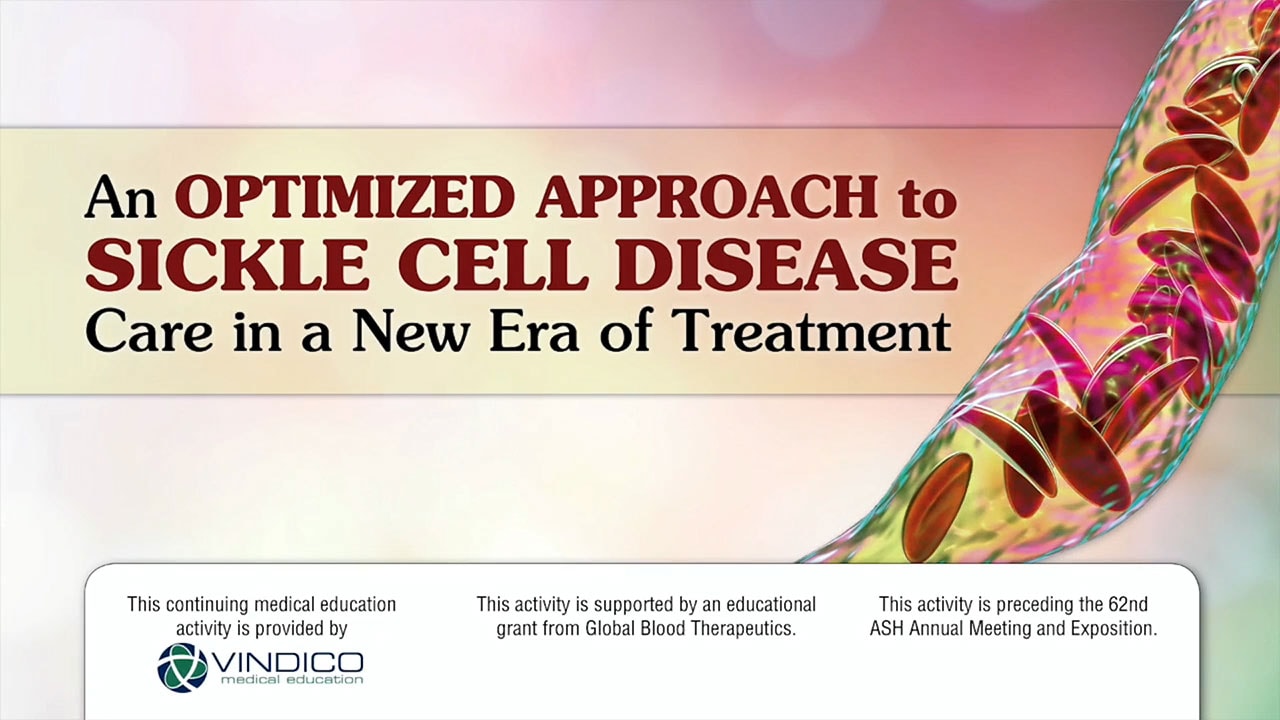
In the realm of sickle cell disease treatment, recent developments have emerged to provide hope for patients and their healthcare providers. The intended audience for this continuing medical education activity is hematologists, hematologist-oncologists, and other health care professionals involved in the management of patients with sickle cell disease (SCD). The goal of this educational initiative is to address the latest advances in treatment options for individuals with SCD and how these treatments may benefit patients. Experts in the field will provide didactic presentations and panel discussions to address persisting challenges in SCD management, the burden of disease, and guide clinicians on integrating current and emerging management strategies into clinical practice to enhance patient care and quality of life measures.
Sickle cell disease is a genetic condition that affects approximately 8 million people worldwide, including 100,000 in the United States. The disease disproportionately affects individuals of African, South Asian, and Middle Eastern descent. SCD results in the production of abnormally shaped red blood cells that can cause anemia, episodes of extreme pain, blood vessel and organ damage, stroke risk and lower life expectancy. Traditionally, managing SCD has involved a multitude of treatments including pain management strategies, blood transfusions, and bone marrow transplants. However, these treatments have limitations and often fail to address the root cause of the disease.
Recently, two gene therapies for sickle cell disease were approved by US regulators in the fall of 2023. These therapies are hoped to provide a functional cure for SCD. The treatments involve using CRISPR medicine, a revolutionary gene-editing tool that has the potential to fix a range of debilitating genetic diseases, including Duchenne muscular dystrophy and cancer. While these new therapies offer great promise, they come with a high cost, with one therapy costing $2.2 million and the other $3.1 million. This raises questions about accessibility and equity in the distribution of these treatments, particularly for individuals from underrepresented communities who have historically faced disparities in healthcare.
In addition to gene therapies, other innovative approaches are being explored for SCD treatment. One such approach involves using stem cell transplants from umbilical cord blood. This method has shown promise in early-stage clinical trials and may provide a more accessible and affordable option for patients. Another promising avenue is the development of small molecules that can modulate the expression of genes associated with SCD, potentially leading to more targeted and effective treatments.
As researchers and healthcare professionals continue to explore new treatment options for sickle cell disease, it is crucial to consider the broader implications of these developments. Governments can steer funding toward interdisciplinary research projects that focus on more immediate benefits and encourage collaborations among biomedical scientists, social scientists, and people with the disease. The private sector must also take responsibility for creating an incentive to include people with a disease in innovation processes.
Ultimately, the goal is to develop treatments that are accessible, effective, and equitable for all individuals affected by sickle cell disease. This will require a coordinated effort from researchers, healthcare providers, governments, and patient advocates to ensure that innovative therapies reach those who need them most.
In conclusion, The development of new treatments for sickle cell disease offers hope for patients and their healthcare providers. While gene therapies represent a promising avenue for a functional cure, other innovative approaches, such as stem cell transplants from umbilical cord blood and small molecules that modulate gene expression, are also being explored. As researchers and healthcare professionals continue to explore new treatment options, it is crucial to consider the broader implications of these developments and ensure that innovative therapies are accessible, effective, and equitable for all individuals affected by sickle cell disease.








